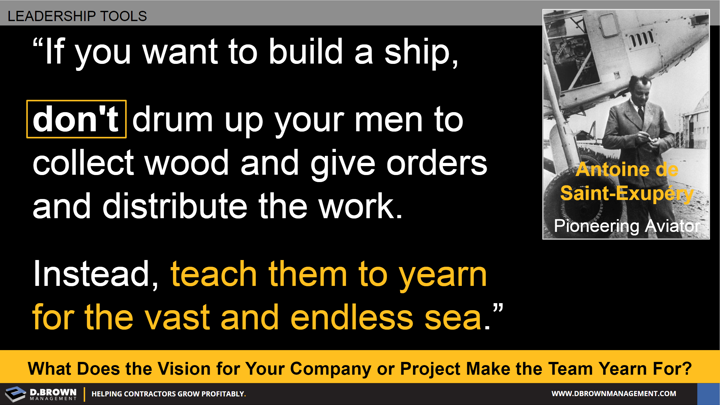It is easy to get mired down in endless to-do lists, processes and problems. The one thing that holds this all together and accelerates performance is the company’s vision and mission.
Vision and mission are the tip of the pyramid.
It is not enough to just have them written down. They have to be embedded so deeply into everyone on the team that they taste victory and feel the pain of any delays or potential defeat.
This is not just for the owner of the business or project. Each team down to the individual must have total clarity of their vision and mission.
If the vision and mission for your company is not clear to you:
- What have you done in the last month to help make them clearer?
- What will you do today?
If you are leading a team of people - including as a lead person on the project:
- What have you done to set a vision and a mission for your team?
- Vision Example: We will be the “Delta Force” crew within our company.
- Mission Example: We will be at least 2X more productive than any other branch rough-in crew in our company.
- What have you done to share this with the team and instill it so deeply in them they run towards that vision every day with excitement?
If you aren’t leading anyone besides yourself?
- What have you done to develop your personal vision and mission?
- Does that inspire you to be excited about waking up every day?
- What have you done today to get you closer?

